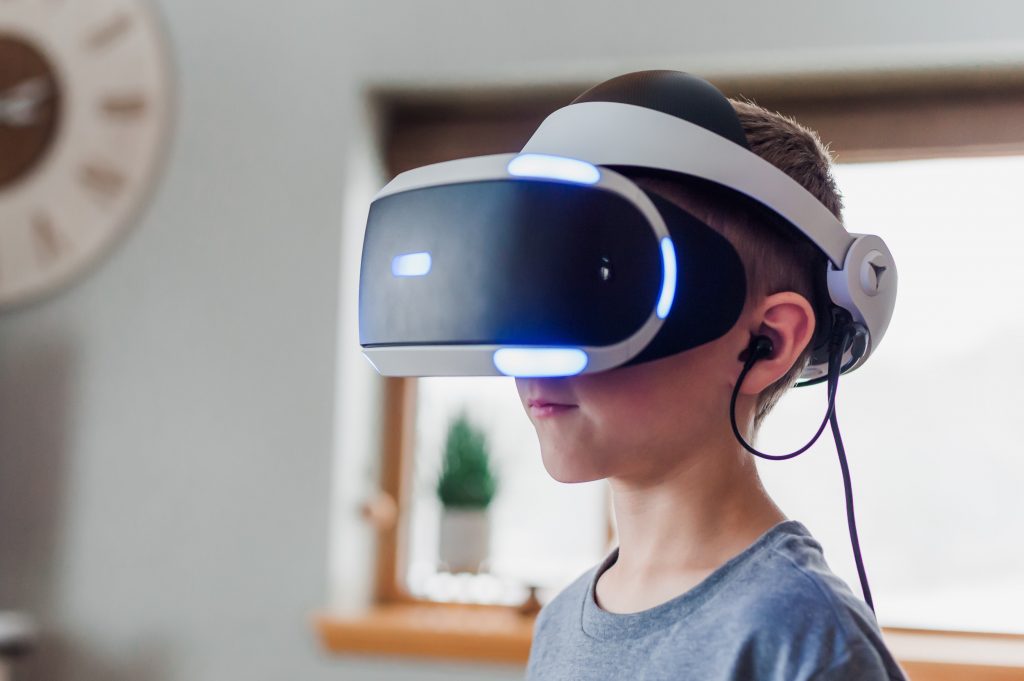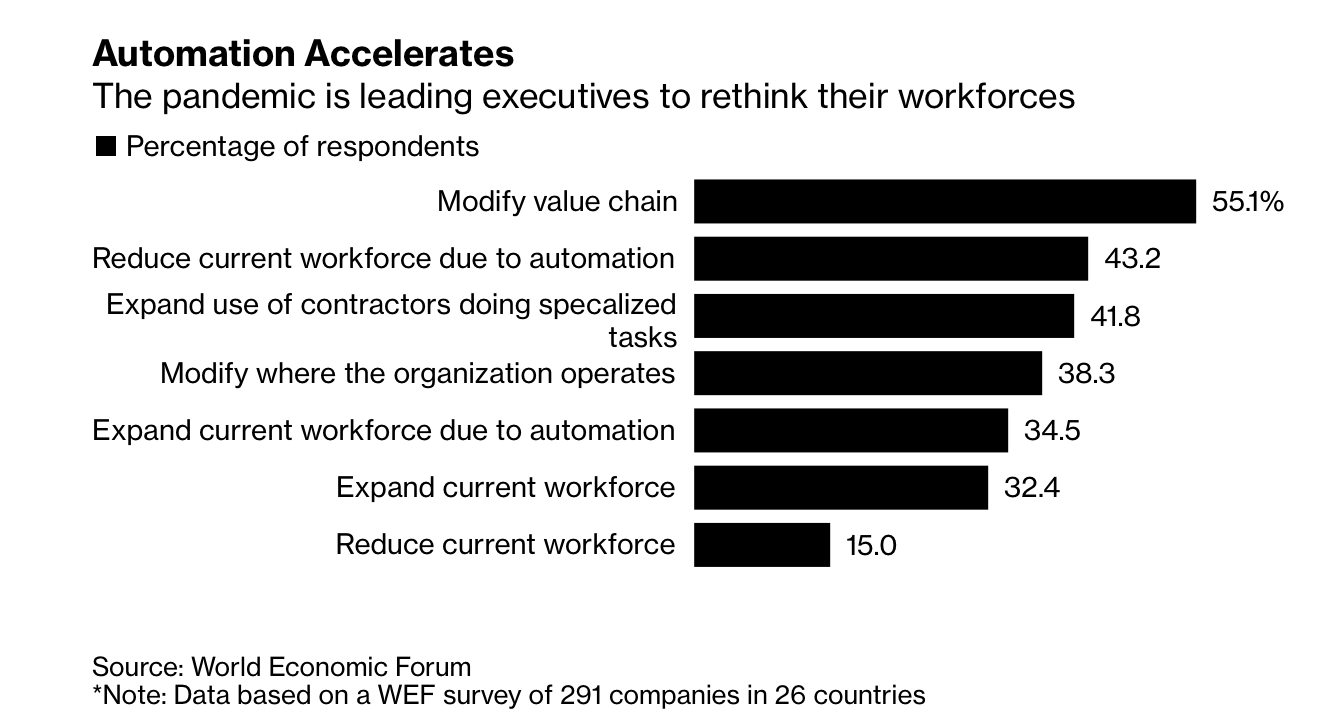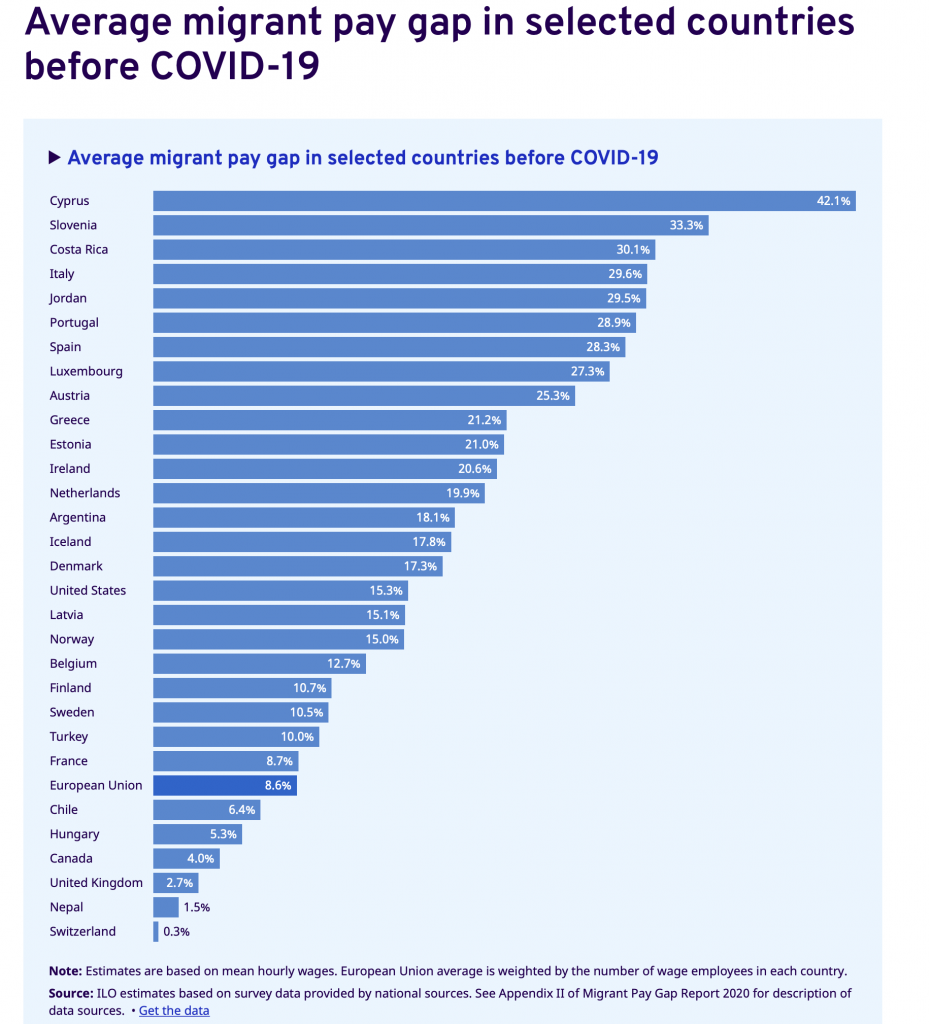#1. Amazon pledges $700 million to upskill 29 million cloud computing experts
Amazon plans to upskill 29 million people globally in the coming five years to equip them for working in cloud computing-related careers. Some of those to be trained in the $700m initiative will be Amazon employees, but the training is open to anyone in the world and is free.
The reskilling and upskilling offer comes as the pandemic disrupts millions of careers. While Amazon plans to hire some of these newly trained workers, the idea is to equip millions of people with the education needed to work in high-tech positions, according to the company.
The company will deliver the training via existing and new partnerships with schools and non-profit organisations. Read more on the WSJ or on Amazon’s Upskilling commitments website.

#2. Don’t skimp on remote employee wellbeing or career development, or you’ll lose them
Wellbeing used to be a discretionary benefit offered by enlightened employers. But making sure workers are mentally and socially resilient and supported has become business-critical.
Employees are re-evaluating what they want from their work and employee attrition is rising. It’s also far more efficient and cost-effective to invest time and money in wellbeing initiatives than lose a talented worker and to have to replace them with someone new. “We should be doing regular wellbeing audits to see how people perceive their work environment because of the rapidly changing nature of work,” says Sir Cary Cooper, professor of organisational psychology and health at Manchester Business School, and president of the Chartered Institute of Personnel and Development.
In addition, employee ‘churn’ can result from a perceived lack of career progression in these remote working times. Managers must be able to reassure workers of opportunities for progression to keep down the number of employees who leave, and they can do this with support from HR. Providing a roadmap showing how talented employees’ can develop their careers will make them less likely to head for the door. Read more on Raconteur

#3. Soon you may be working with an avatar or a digital twin
AR and VR join AI in the mainstream business toolbox as businesses look to improve the remote work experience. Augmented Reality and Virtual Reality could become part of the solution to the social isolation and two-dimensional tedium of remote working. “Already people are asking: do we want to just be on Zoom, staring at a big screen with a matrix of people’s faces on it, or are their opportunities to use technologies to make the experience better?” according to Paul Jacobs, former CEO and executive chairman of Qualcomm, who co-founded XCOM Labs two years ago. AR and VR can enrich the normal video conference experience where those outside the office can interact as if in the office with colleagues.
“We can use some of these new technologies to make it feel like you are there with coworkers by creating a digital twin of oneself, an avatar, or a video feed of them in the right location,” he said.
Business investment in VR is forecast to grow from $829 million in 2018 to $4.26 billion in 2023, according to ARtillery Intelligence.
Paul Jacobs is looking forward to the time when AR and VR becomes normalized: “Maybe the same thing that happened to the smartphone where Apple’s introduction of the iPhone helped tip it over into the mainstream will happen here [with AR and VR]. Read more on CNBC.

#4. Robots are protecting workers from Covid.
Robotic machines – often employed in repetitive and dangerous workplace processes – have come into their own during the pandemic, as they play a crucial role in reducing human contact, therefore limiting the spread of diseases. In this context, robots are not viewed as the workers’ enemy, but more as their protector. This benefit has accelerated the use of robots this year, and it’s a trend likely to continue, even after the virus is conquered.
But concerns about robots and automation ‘stealing’ jobs from people have not disappeared. “When we come out of this crisis and labour is cheap again, firms will not necessarily roll back these inventions,” David Autor, an economist at the Massachusetts Institute of Technology.
One thing is for sure, the evolution – or revolution – of the automation of some roles and the creation of others, will be a key focus for those whose job it is to make sense of the development of the world of work. The World Economic Forum reported in October (see chart) that 43% of businesses surveyed are set to reduce their workforce due to technology integration while 34% plan to expand their workforce for the same reason. By 2025, the time spent on current tasks at work by humans and machines will be equal. Read more on Bloomberg.

#5. Migrant workers face problems of discrimination and exclusion, aggravated by the pandemic
Migrant workers were having a tough time before the pandemic, but their situation has worsened as a result of the COVID-19-related social and economic disruption, according to a study released this week by the International Labour Organization.
Migrants earn nearly 13 percent less than national workers, the study shows. In some countries, the gap is as much as 42%. In high income countries, skilled migrants are often not engaged in jobs that would benefit from their professional capability and therefore they don’t even have the opportunity to earn salaries that match their experience. In the United States and Finland, for example, while the share of migrant workers with secondary school education is 78% and 98%, respectively, the share of migrant workers in high- or semi-skilled jobs is only 35% and 50%.
At the onset of the COVID-19 crisis, tens of millions of migrant workers were forced to return home after losing their jobs. The longer-term effects of the crisis threaten to widen the labour market differences between migrant workers and nationals, which may in turn further deepen migrant pay gaps, says the report. Read more from the ILO.




